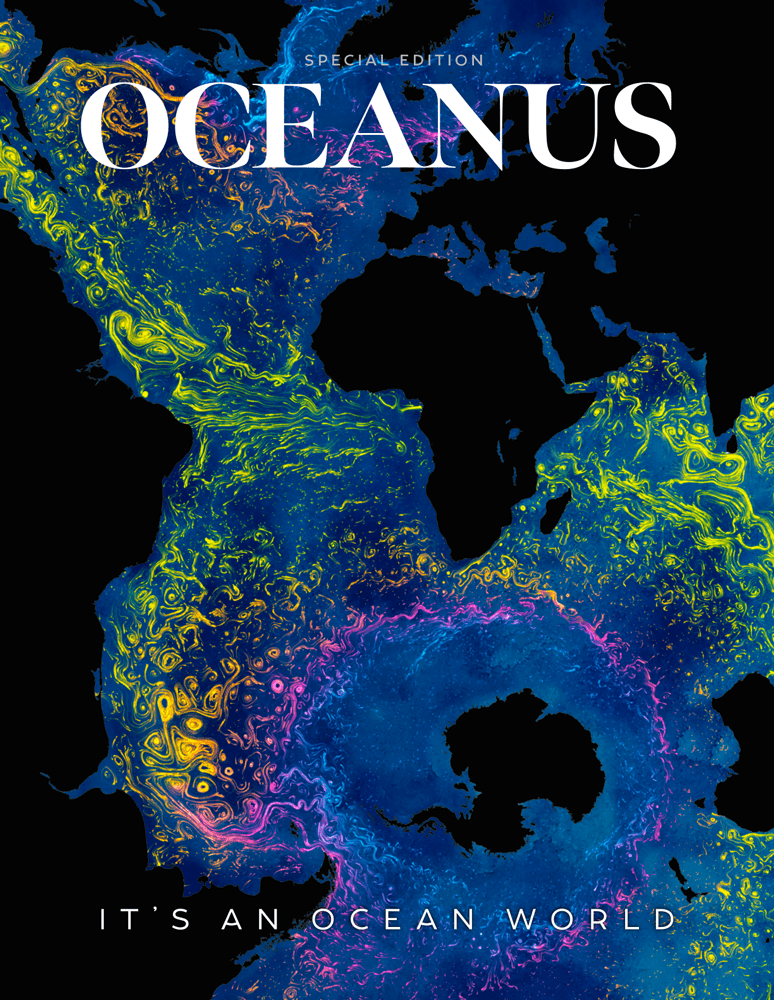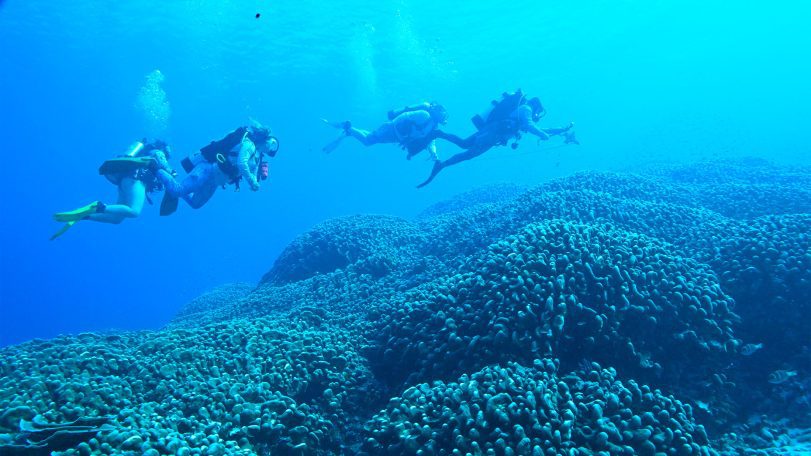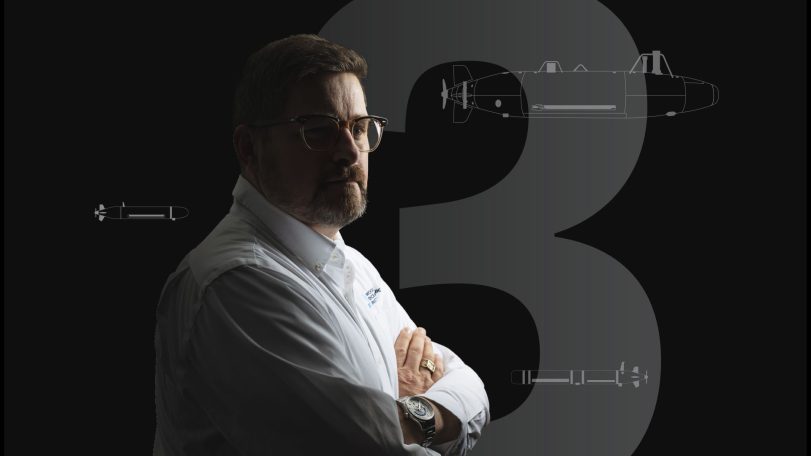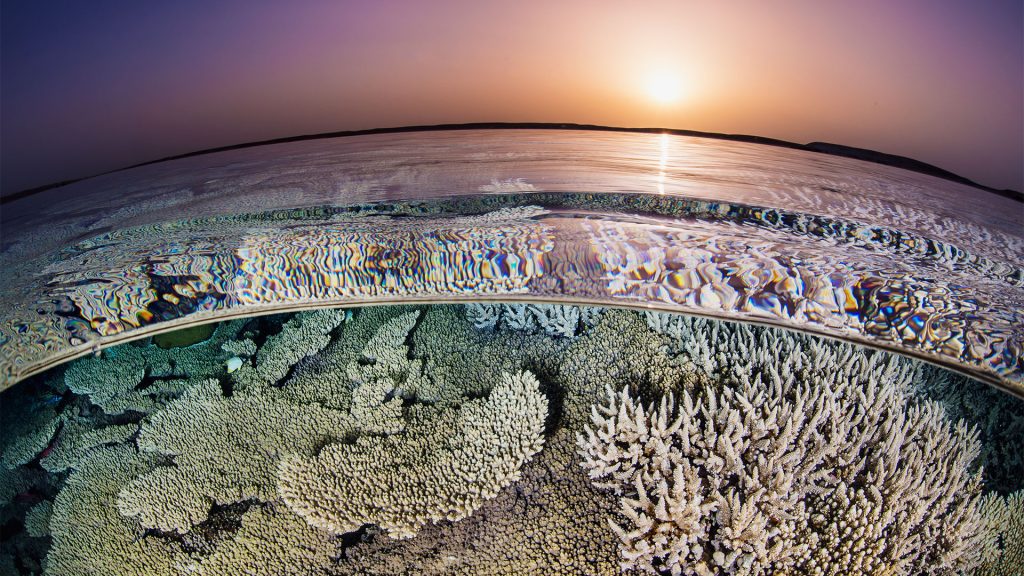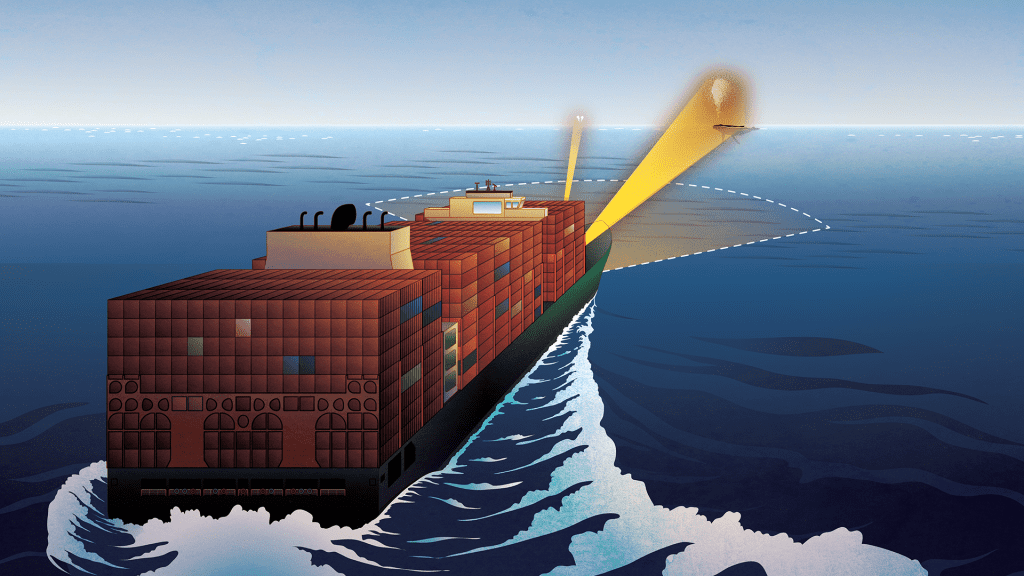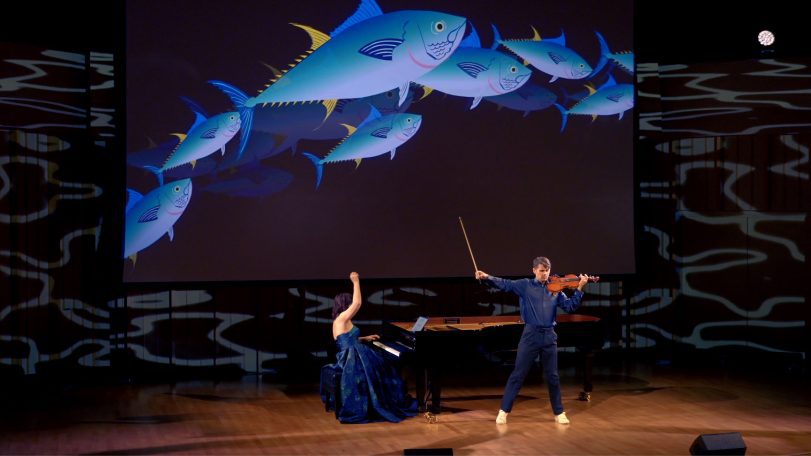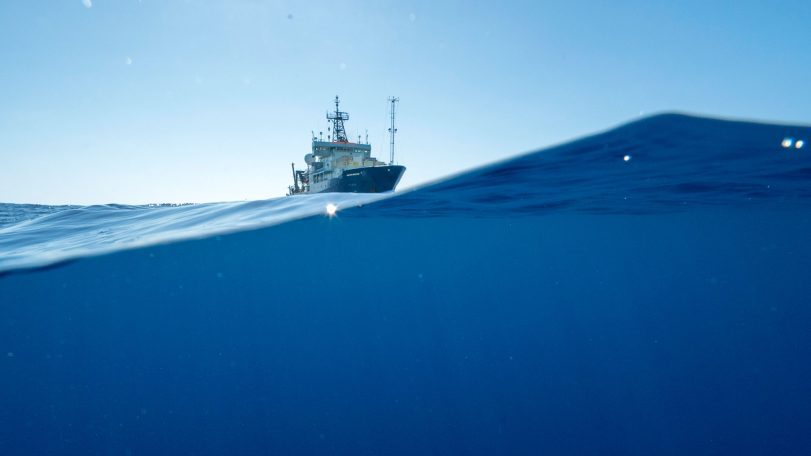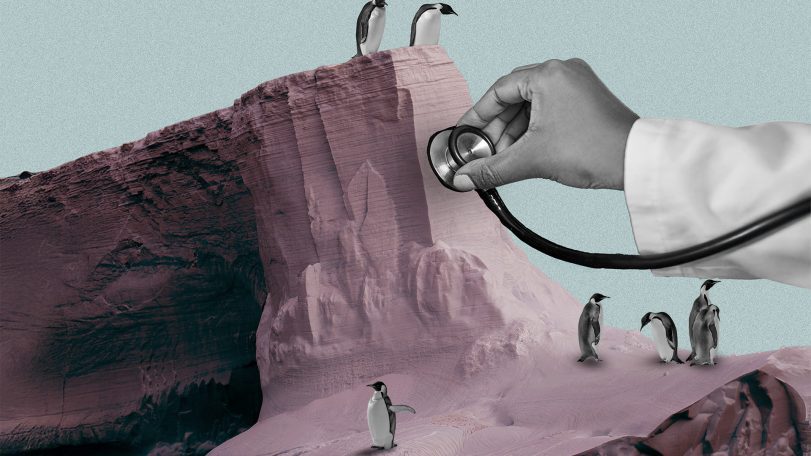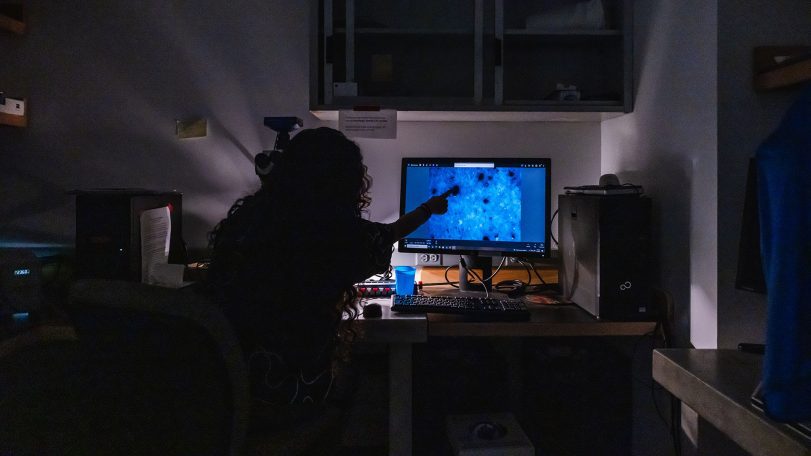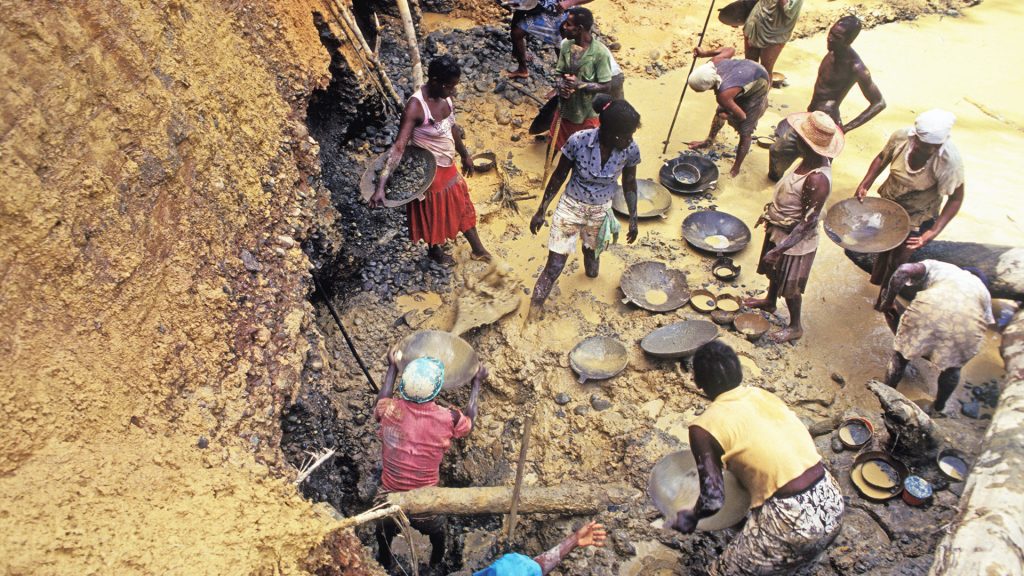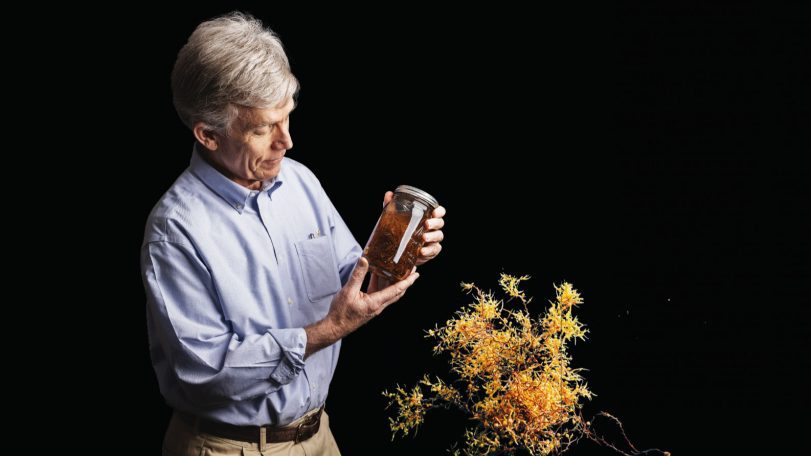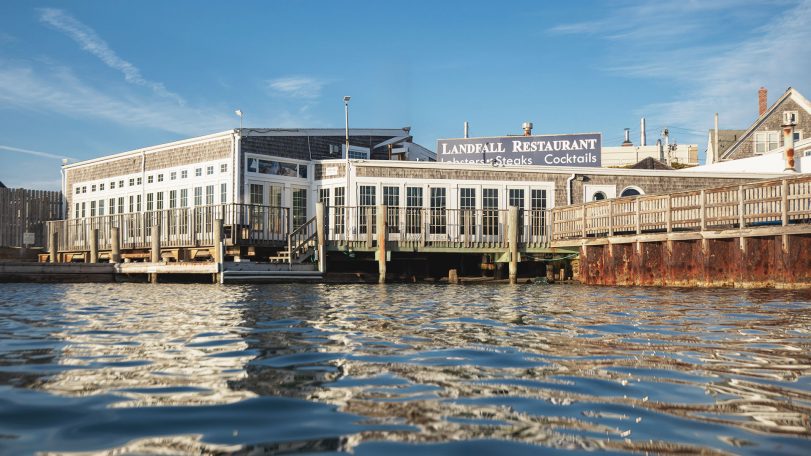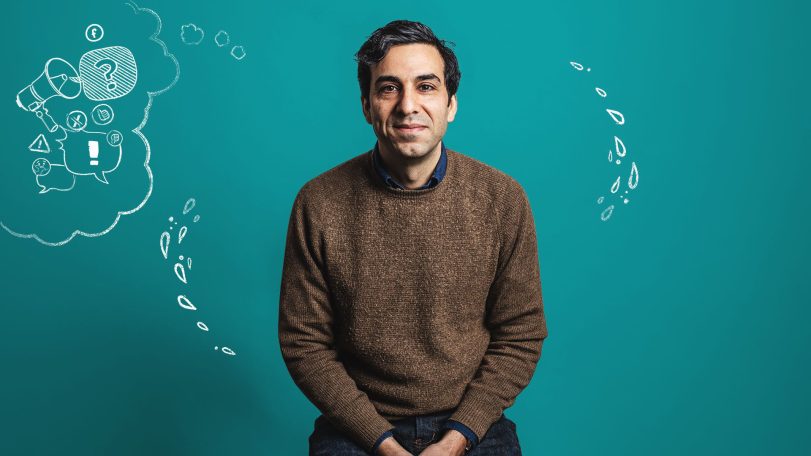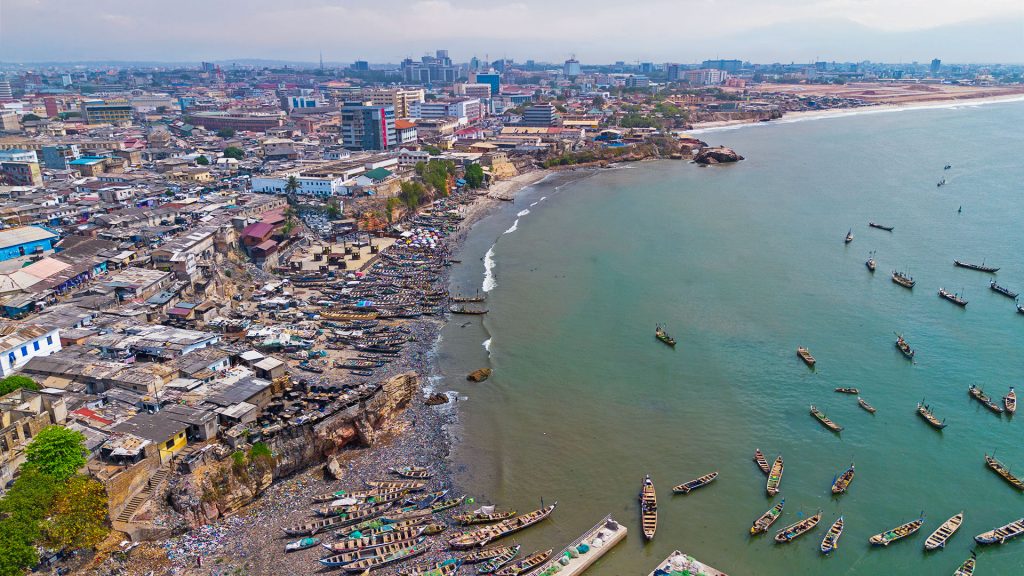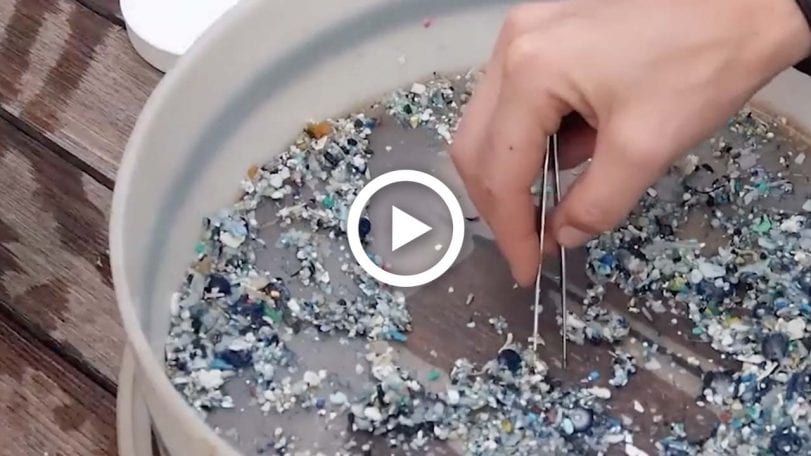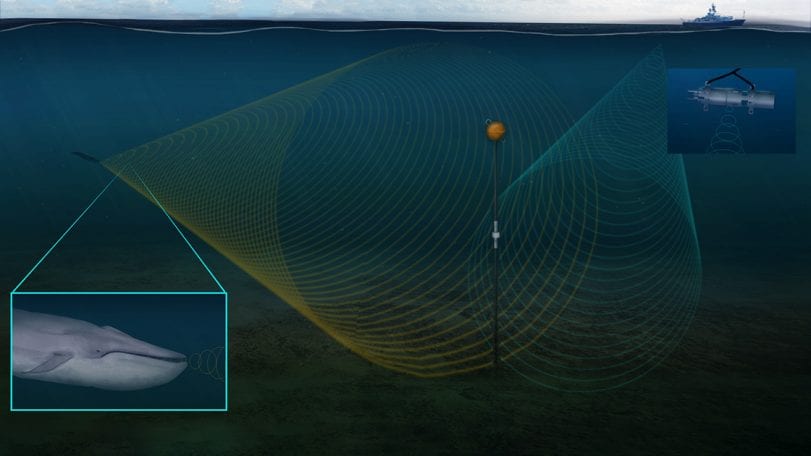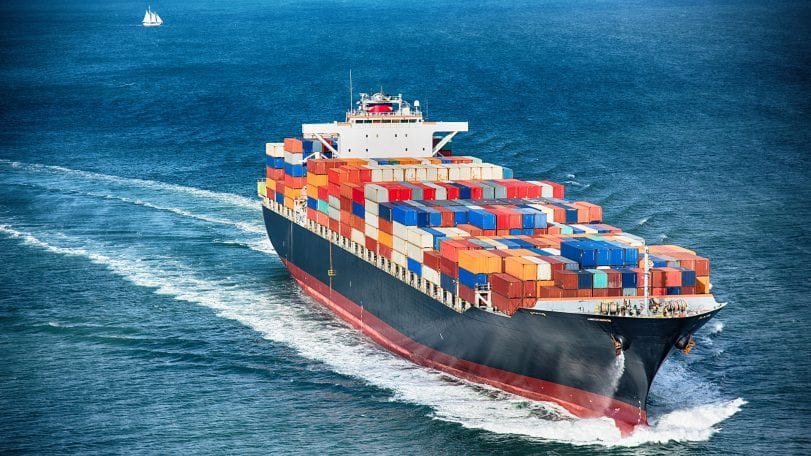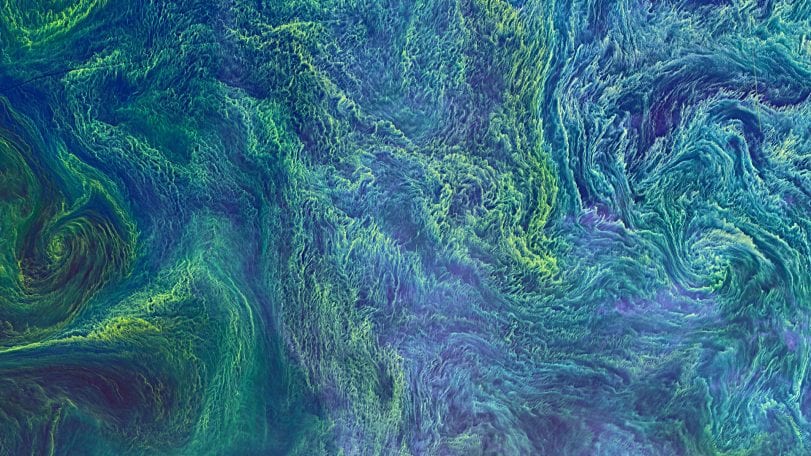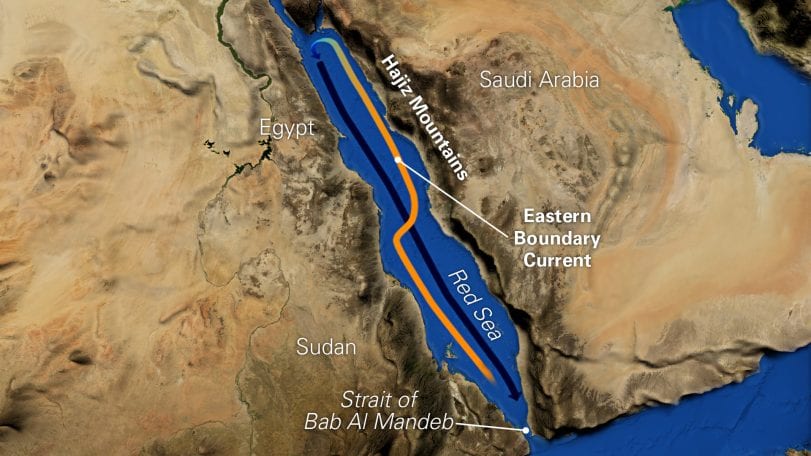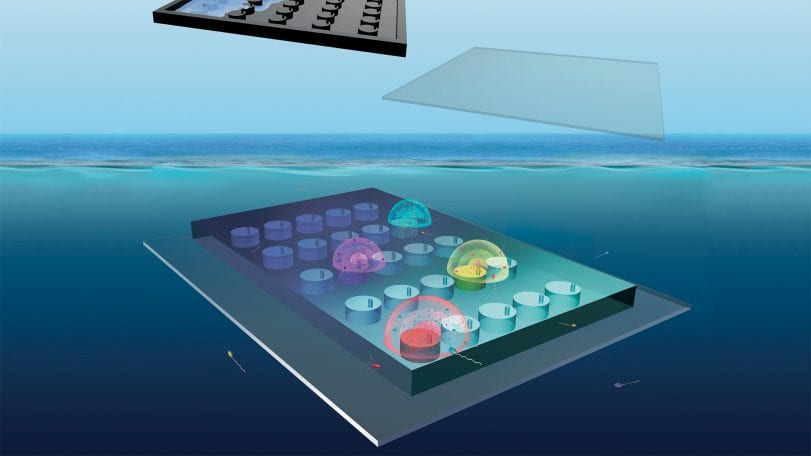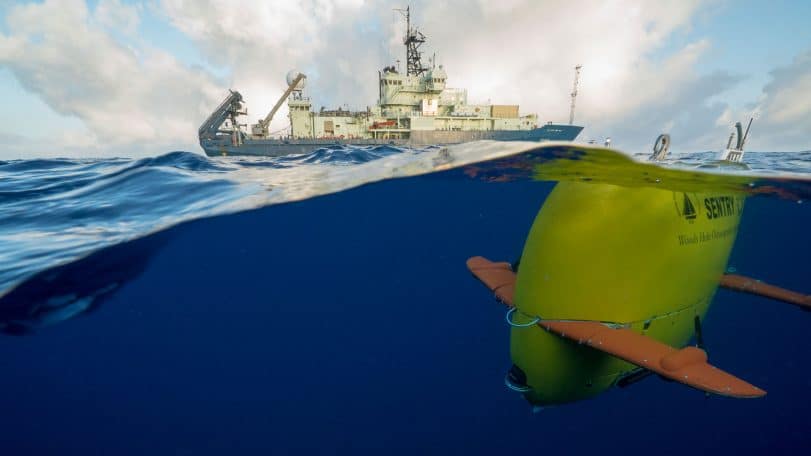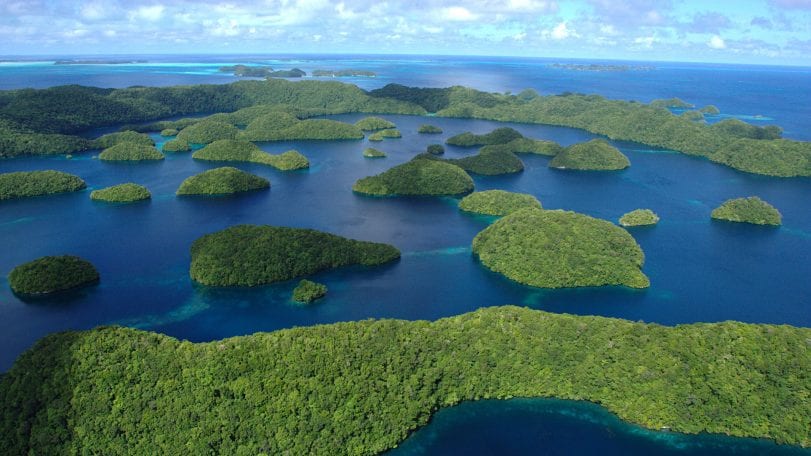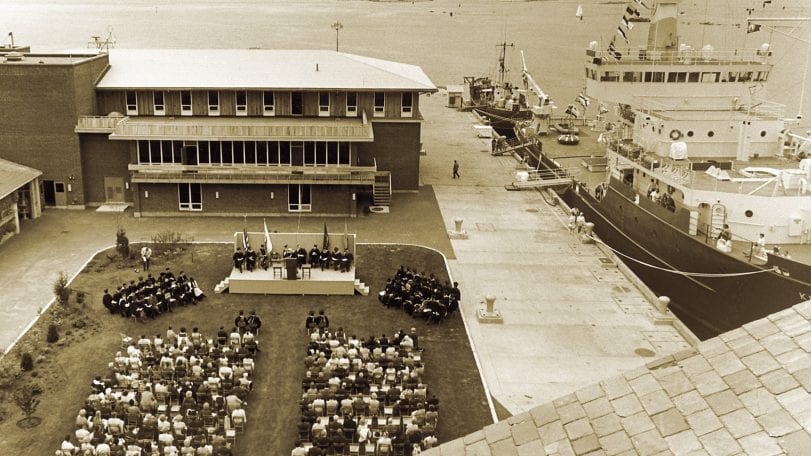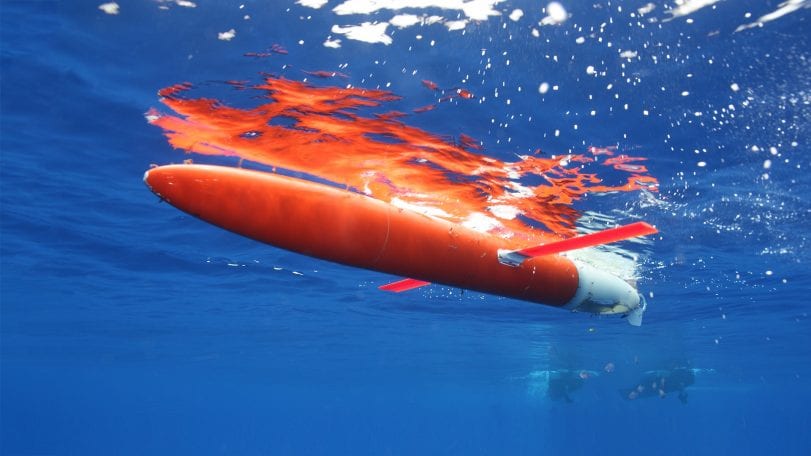
Lessons from a lifetime of exploration
Award-winning ocean photographer Brian Skerry shares insights from a career spent around ocean life and science
How an MIT-WHOI student used Google Earth to uncover a river–coral reef connection
Climate & Weather How an MIT-WHOI student used Google Earth to uncover a…
The little big picture
WHOI senior biologist Heidi Sosik on the critical need for long-term ocean datasets
The ocean weather nexus, explained
The vital role of ocean observations in extreme weather forecasting
Breaking down plastics together
Through a surprising and successful partnership, WHOI and Eastman scientists are reinventing what we throw away
Three questions with Carl Hartsfield
Captain Hartsfield, USN retired, discusses the role ocean science plays in our national defense

and get Oceanus delivered to your door twice a year as well as supporting WHOI's mission to further ocean science.
Our Ocean. Our Planet. Our Future.
The Ocean (Re)Imagined
How expanding our view of the ocean can unlock new possibilities for life
Body snatchers are on the hunt for mud crabs
WHOI biologist Carolyn Tepolt discusses the biological arms race between a parasite and its host
A polar stethoscope
Could the sounds of Antarctica’s ice be a new bellwether for ecosystem health in the South Pole?
Secrets from the blue mud
Microbes survive—and thrive—in caustic fluids venting from the seafloor
Top 5 ocean hitchhikers
As humans traveled and traded across the globe, they became unwitting taxis to marine colonizers
Following the Polar Code
Crew of R/V Neil Armstrong renew their commitment to Arctic science with advanced polar training
Harnessing the ocean to power transportation
WHOI scientists are part of a team working to turn seaweed into biofuel
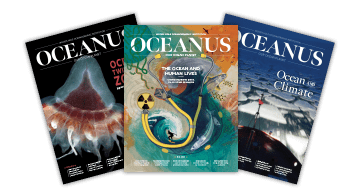
Looking for something specific?
We can help you with that. Check out our extensive conglomeration of ocean information.
Casting a wider net
The future of a time-honored fishing tradition in Vietnam, through the eyes of award-winning photographer Thien Nguyen Noc
Gold mining’s toxic legacy
Mercury pollution in Colombia’s Amazon threatens the Indigenous way of life
How do you solve a problem like Sargassum?
An important yet prolific seaweed with massive blooms worries scientists
Ancient seas, future insights
WHOI scientists study the paleo record to understand how the ocean will look in a warmer climate
Rising tides, resilient spirits
As surrounding seas surge, a coastal village prepares for what lies ahead
Whistle! Chirp! Squeak! What does it mean?
Avatar Alliance Foundation donation helps WHOI researcher decode dolphin communication
We can’t do this alone
For marine chemist Adam Subhas, ocean-climate solutions don’t happen without community
How WHOI helped win World War II
Key innovations that cemented ocean science’s role in national defense
Life at the margins
Scientists investigate the connections between Ghana’s land, air, sea and blue economy through the Ocean Margins Initiative
From Macroplastic to Microplastic
An estimated eight million tons of plastics enter our oceans each year, yet only one…
Warping Sound in the Ocean
WHOI scientists warp sound–the primary means of transmitting information in the ocean–to “see” what’s happening below the surface.
The Secret Tuna Nursery
WHOI biologists and physical oceanographers combine expertise to reveal a place in the ocean where some tuna are born.
How Do Corals Build Their Skeletons?
WHOI scientists discovered precisely how ocean acidification affects coral skeletons’ a factor that will help scientists predict how corals throughout the world will fare as the oceans become more acidic.
On (and Below) the Waterfront
The expansion of the New York metropolitan area’s harbor over the decades has led to big but hidden changes in tidal flows that have environmental impacts.
The Living Breathing Ocean
Rainforests have been dubbed the Earth’s lung, but like us, our planet has two lungs. The second one is the ocean.
Mysteries of the Red Sea
The Red Sea also has several characteristics not seen in other oceans: extremely warm temperatures, high evaporation rates, odd circulation patterns, and a rare current that sometimes disappears in winter.
A Lobster Trap for Microbes
What if you wanted to observe what microbes in the ocean are doing? First, you lure them into your field of view.
Sentry Completes Its 500th Dive
WHOI’s free-swimming robot Sentry completed its 500th dive on October 16, 2018, off the Pacific Coast of Costa Rica. The autonomous underwater vehicle has used its sonar systems to help scientists map the seafloor, track the Deepwater Horizon oil spill, locate the voyage data recorder on the sunken El Faro cargo ship, and carry out advanced research on many other missions to help us better understand our ocean and our planet.
Searching for ‘Super Reefs’
Some corals are less vulnerable to ocean acidification. Can the offspring from these more resilient corals travel to other reefs to help sustain more vulnerable coral populations there?
MIT-WHOI Joint Program Marks 50th Year
In 1968, two esteemed scientific institutions launched an unorthodox academic experiment: the Massachusetts Institute of Technology-Woods Hole Oceanographic Institution Joint Program in Oceanography and Applied Ocean Engineering. This year, it celebrated its golden anniversary.
The Current that Feeds the Galápagos
A small fleet of robotic undersea vehicles paints the first detailed picture of a vast and important current within the ocean that had remained beyond our purview.
